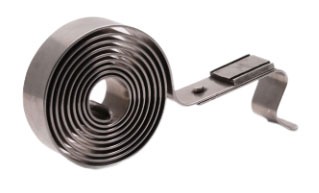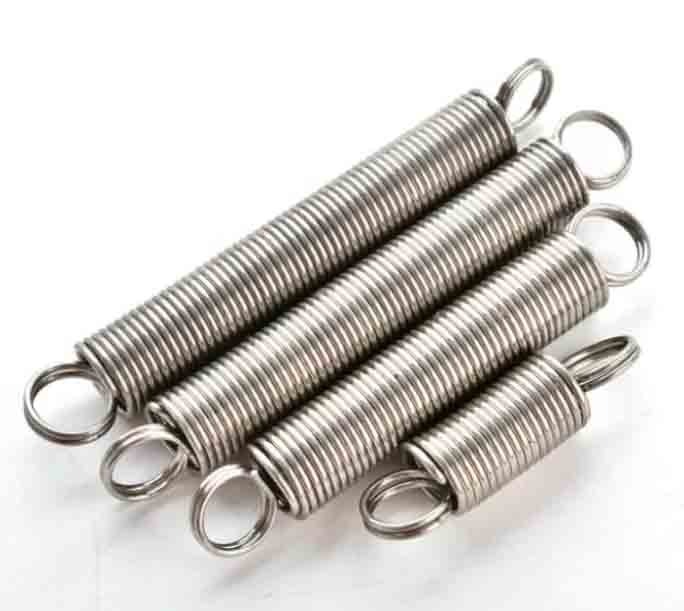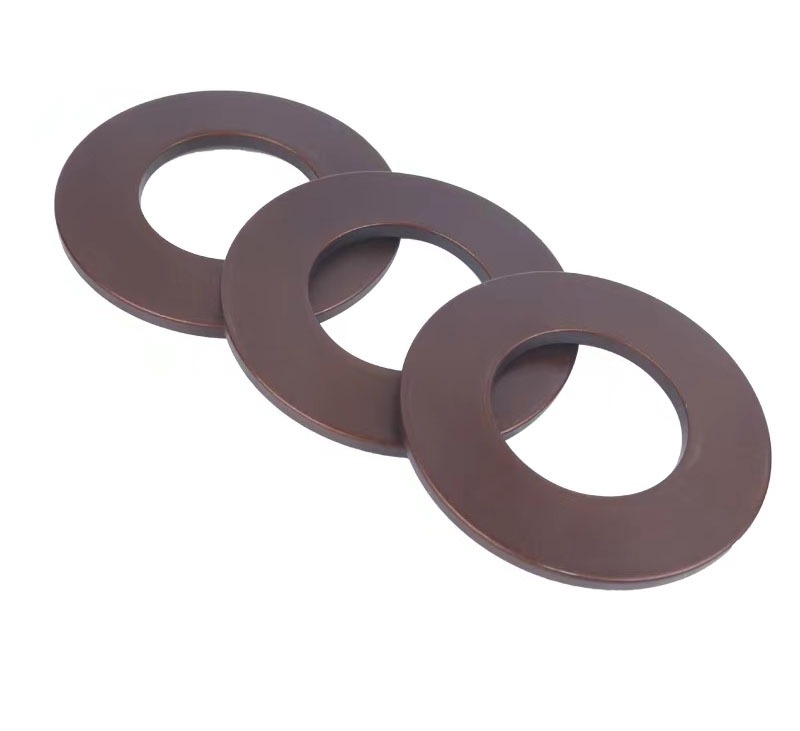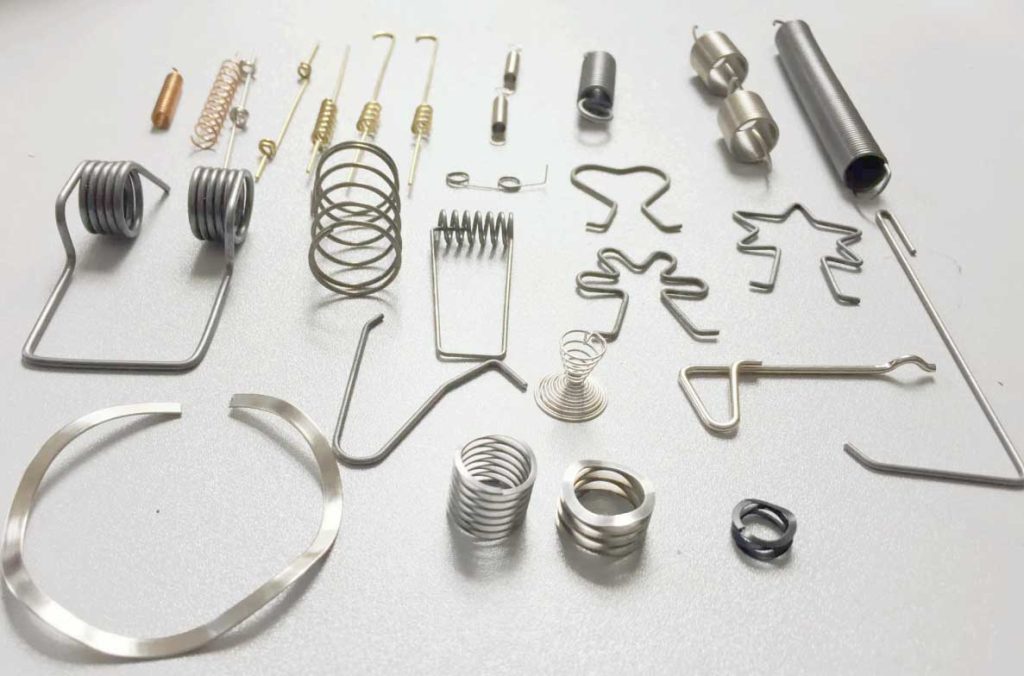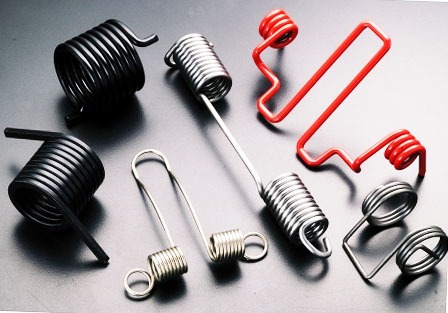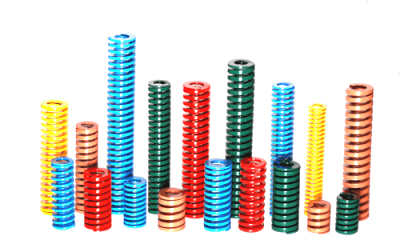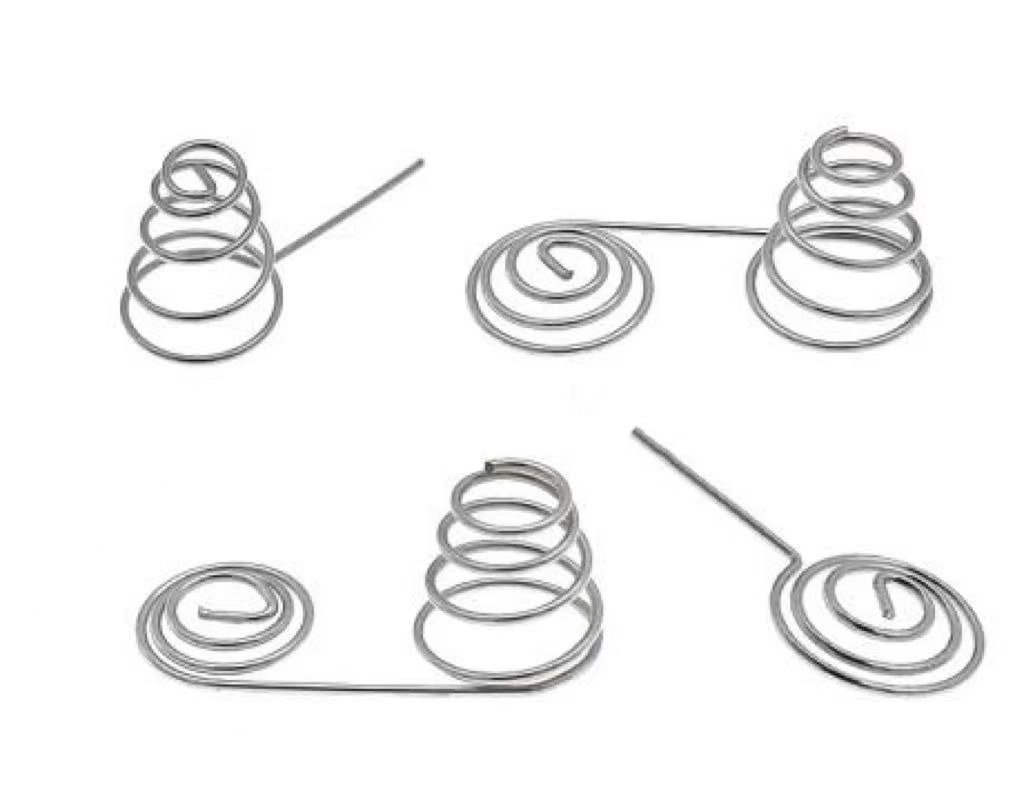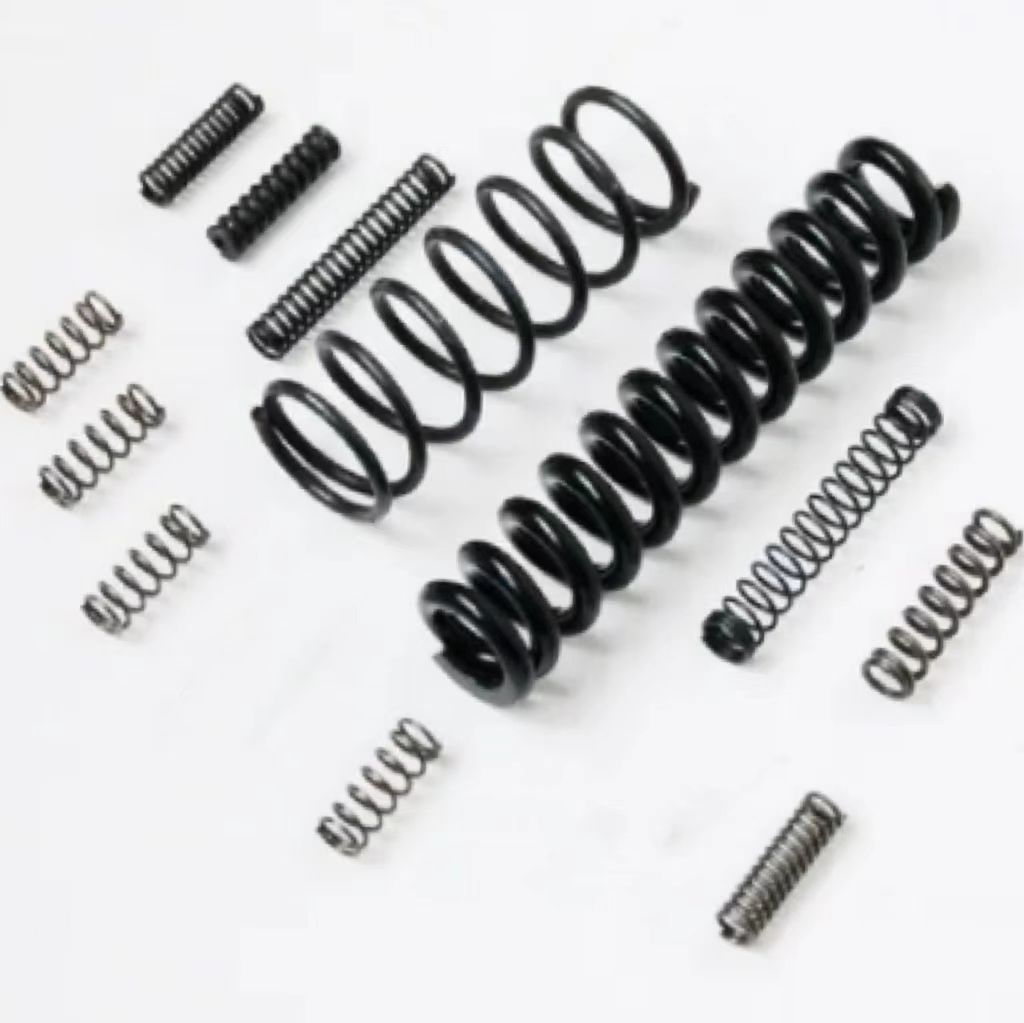What Causes Spring Failure And What Are The Main Modes?
Springs can be seen everywhere in our daily life and manufacturing. This article will introduce the main failure modes of springs and the reasons for failure.
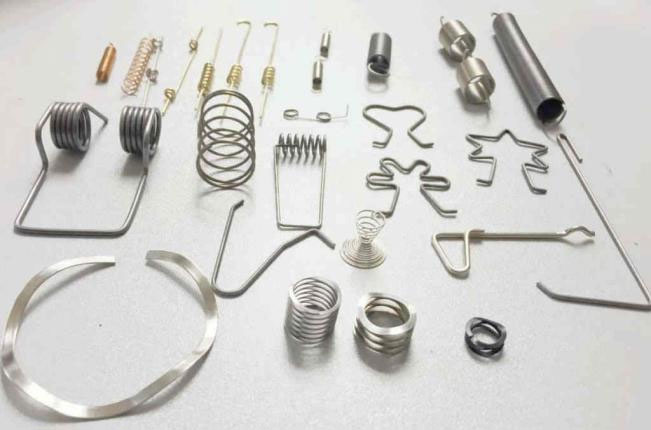
The Main Forms of Spring Failure
Many reasons can cause spring failure, but in general, it can be from two aspects, one is the quality of the spring itself, and the other is improper use. The quality problems of the spring itself include unqualified spring material, unqualified heat treatment, damage in the manufacturing process, and so on. Improper use includes use beyond the limit of use, use in an environment where the temperature is too high, use in a corrosive environment, etc. The main failure modes are as follows:
- Plastic deformation
The stress produced by the external load is greater than the yield strength of the material. After plastic deformation, the spring cannot return to its original size and shape.
- Rapid brittle fracture
Some springs have material defects, processing defects (such as folding, and scratches), heat treatment defects (such as excessive quenching temperature leading to coarse grains, insufficient tempering temperature leading to insufficient material toughness), and so on. These springs may experience sudden brittle fractures when subjected to excessive shock loads.
- Fatigue fracture
Under the action of alternating stress, the surface of the spring is defective, resulting in a crack fatigue source. Fracture failure occurs after crack propagation.
- Springs used in corrosive media are prone to stress corrosion cracking failure.
- Spring fittings used at high temperatures are prone to creep and stress relaxation, resulting in permanent deformation.
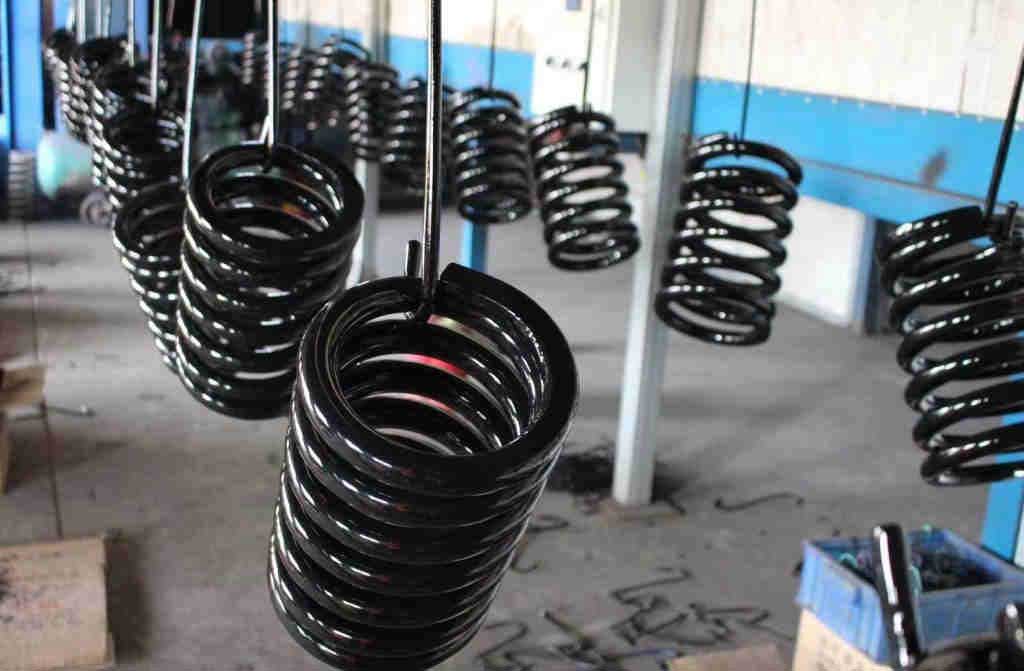
What are the Main Reasons for Spring Failure?
The main factors that affect spring failure can be divided into 3 categories: spring material, spring design, and spring manufacturing process.
Spring Material
The chemical composition and mechanical properties of different steel grades in spring steel have their own characteristics. Generally speaking, the manufacturing material of spring should have a high elastic limit, fatigue limit, impact toughness, and good heat treatment performance. Commonly used are carbon spring steel, alloy spring steel, stainless spring steel and copper alloy, nickel alloy, and rubber. The spring material should be selected reasonably and correctly according to the stress requirements, service life requirements, and working environment requirements of the spring. Generally, we divide the tensile strength Rm into three levels, that is, the standards are given according to high, medium, and low.
If we use low-strength spring materials to produce springs bearing high stress in production, it is easy to produce permanent deformation and fail. If high-strength spring materials are used to produce spring products that require high fatigue life, the possibility of brittle failure of the spring under high-stress conditions increases.
The higher the strength of the spring material, the greater the tendency of the material to brittle fracture. Therefore, the correct and reasonable selection of spring materials with moderate mechanical properties can not only make the spring workload excellent, but more importantly, it can have excellent working performance under high fatigue life. Therefore, spring failure is closely related to the spring material.
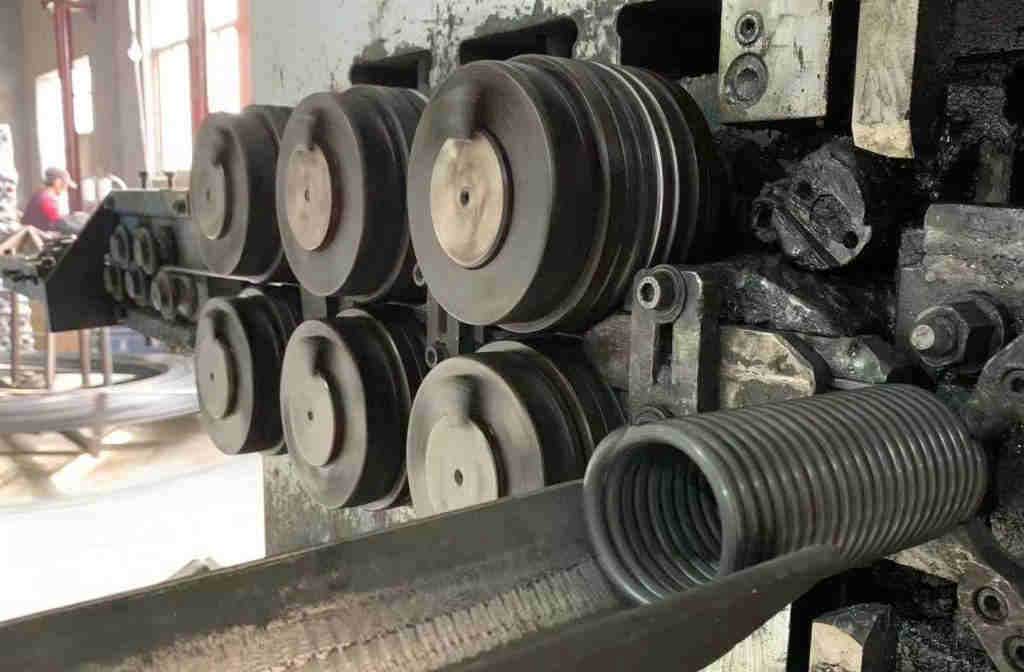
Spring Design
A spring with good fatigue life needs to be designed by many people and through the knowledge of many disciplines.
When designing a spring, you need to understand what is necessary for a good spring fatigue life. Many spring products will fail due to unreasonable design parameters, resulting in permanent deformation in the early stage of use.
Spring Manufacturing Process
The forming, stamping, and bending of the spring during the manufacturing process may cause certain damage to the spring material. Some of these damages are obvious and some are invisible, especially for tension springs, torsion springs, and other special-shaped springs.
The maximum stress of the spring is on the surface of the spring material, and the fatigue fracture of the spring often starts from a small surface defect on the surface of the spring material. Then, under the action of alternating load, it gradually transitions and expands, and after a certain stress cycle, it will lead to spring fatigue failure.
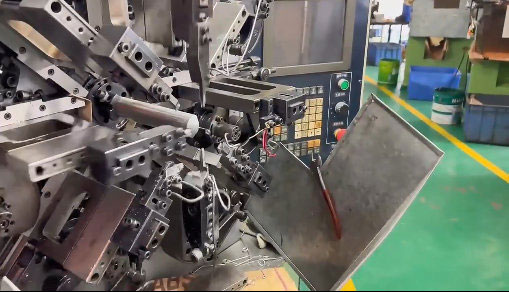
Conclusion
KENENG produces compression springs, extension springs, torsion springs, die springs, battery springs, volute springs, and other types of springs. Of course, we can also customize it according to the drawings or requirements you provide. We have special spring design and manufacturing engineers who can meet your different requirements under the condition of ensuring the quality of the spring products themselves.

